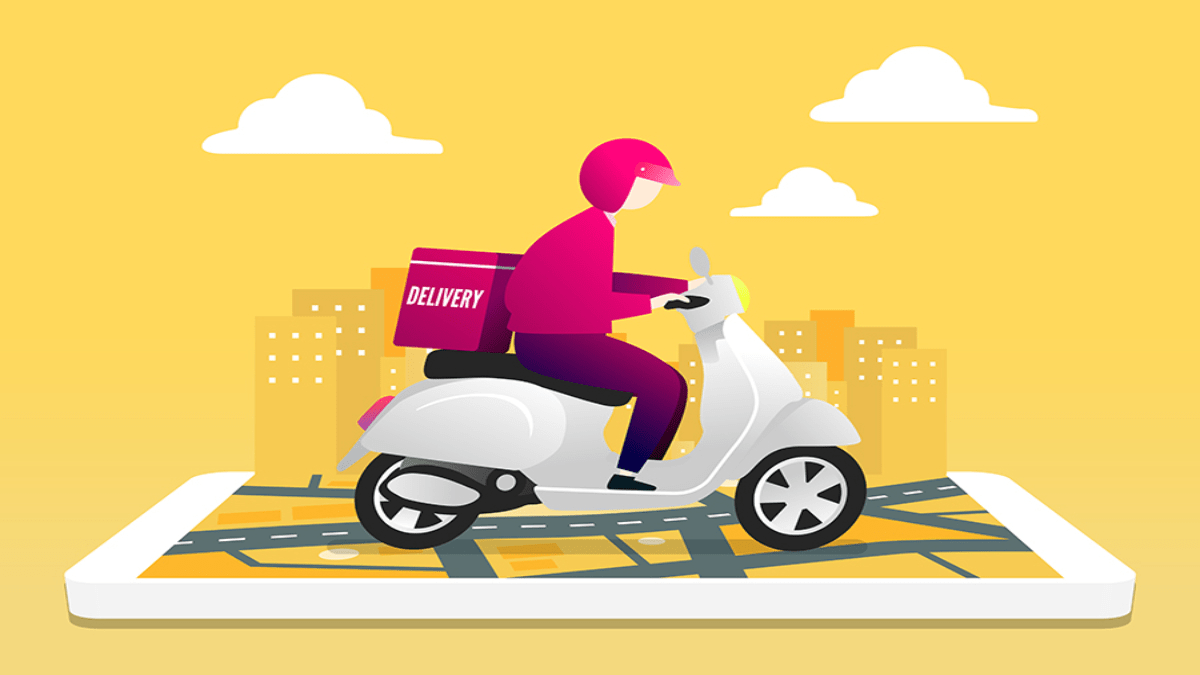Quick commerce in India has seen an incredible surge, far outpacing early predictions. Redseer, a consultancy, reports that the sector’s gross merchandise value (GMV) jumped from a mere $0.10 billion in FY20 to an impressive $3.3 billion by FY24.
Looking ahead, Datum Analysis anticipates further growth, forecasting GMV to climb to $5.1 billion by 2024, marking a significant 46% increase.
Blinkit (now part of Zomato), Zepto, and Swiggy Instamart are leading the way, rapidly meeting the demand for instant deliveries in urban areas and reshaping how daily convenience is perceived in major cities.
Yet, as these services solidify their presence in metropolitan areas, a key question arises: Can quick commerce achieve similar success in smaller towns, or even in Tier 1 and 2 cities?
To understand this, Business Today reached out to people living in Tier II cities like Mysuru, Kanpur, and Ludhiana. The feedback was revealing. Many residents prefer buying their daily needs from local markets. A Kanpur local remarked, “It’s convenient, but we still like going out to shop for groceries.” The appeal of monthly shopping trips to stores like DMart, More, and local outlets with discounts remains strong.
Amarjyot, a Ludhiana resident, shared that he uses Blinkit occasionally, mostly during odd hours, but only once or twice a month. On the other hand, his daughter in Bengaluru relies on it almost daily. This difference highlights how quick commerce is adopted more readily in big cities compared to smaller towns. Despite the convenience, it seems only a limited number of Gen X and millennials in these smaller areas depend on quick commerce services regularly.
On the flip side, Swiggy Instamart’s CEO, Phani Kishan Addepalli, paints a more positive picture. He reports that Swiggy Instamart has expanded to 37 cities, including metros and Tier II cities, with what he describes as an “amazing” reception. Zepto has also recently expanded into Jaipur, and Blinkit is continuing to push into new areas.
Rahul Taneja, a partner at Lightspeed India, which has invested in Zepto, sees great potential for profitability in India’s top 15 cities. However, he stresses that success in this sector depends largely on the strategies of individual companies. Another investor, who preferred to remain anonymous, suggested that while quick commerce could work in smaller cities, it might need to adapt by reducing the number of dark stores and potentially extending delivery times.
In Bengaluru, a city known for its fast-paced lifestyle, quick commerce adoption varies depending on the neighborhood. A local banker noted that in older parts of the city, many people still prefer traditional grocery stores or wait for someone to bring essentials home. “I rarely see families in our area using these apps,” he observed.
Quick commerce in India is at a pivotal moment, much like the early days of food delivery services. Datum Analysis reports that the demand for 10-minute deliveries with average product quality has grown from 2021 to 2024, with 73% of surveyed consumers willing to pay a premium for the convenience.
As this sector continues to develop, many believe that its success might be concentrated in India’s largest cities for now. Whether quick commerce can expand beyond the metros and gain widespread traction in India’s diverse market remains to be seen.


